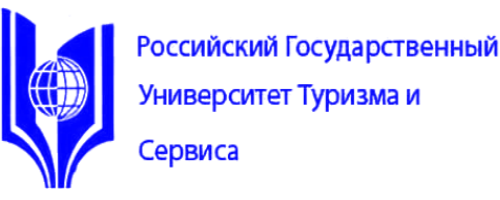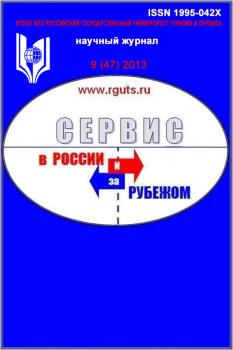Russian Federation
Sankt-Peterburg, St. Petersburg, Russian Federation
Sankt-Peterburg, St. Petersburg, Russian Federation
The article is dedicated to the questions of using modern multimedia technologies for popularization of historical cities as tourist attractions from and for pre- serving cultural heritage by partially transferring the influence of mass tourist flows from the real world to the virtual reality. The authors formulate the main theses of the "new normality", reflecting the specifics of the current stage of economic development and characterizing the environment in which managerial decisions are currently being taken. The au- thors also highlight the main trends and challenges of this "new normality" influencing the development of tourism industry and, particularly, tourism in historical cities. The article notes that technical capabilities and marketing needs of the target audience of travelers should be taken into account. The authors classify modern, technically accessible technologies of augmented and virtual reality and their possibilities in the organization of tourism in historic cities. The article shows the role of storytelling technologies in the forming the audiences of potential tourists and the loyalty of attendees, who visit the historic city more than once. The results of online surveys conducted on a sufficiently wide sample substantiate the relevance of the approaches proposed by the authors. The material also shows the ways of using the augmented reality tools in historical cities. The authors raise the issues of the safe organization of virtual space in the historic cities and propose options for approbation of the developed approach in St. Petersburg.
regional tourism, storytelling in tourism, the development of historical cities, field of play, AR/VR, gamification in tourism, the negative impacts of tourism, media technologies
1. Turkina E.V. Pozitivnoe i negativnoe vliyanie sobytiynogo turizma na prinimayuschiy region // Sb. nauch. tr. po mat. mezhdunar. nauch.-prakt. konf. «Strategii razvitiya nauki i obrazovaniya v XXI veke». 2016. S. 10-12.
2. Sharapova O.A. Elementy igrofikacii v sozdanii kontenta dlya detey i yunoshestva // Mediasfera: Tendencii i perspektivy razvitiya / Pod red. A.A. Markova. SPb., 2016. S. 19-21.
3. Scherbakov A.V. Razvitie ekologicheskogo turizma na primere nacional'nogo parka «Or- lovskoe Poles'e», negativnoe vliyanie turisticheskoy deyatel'nosti na okruzhayuschuyu sre- du // Uchenye zapiski Orlovskogo gosudarstvennogo universiteta. 2009. №2. S. 176-178.
4. Selin Yilmaz B. Storytelling on Social Media: The Motives for Telling the Tourist Experience to the Connected Others // ACTA UNIVERSITATIS DANUBIUS Communicatio. 2016. Vol. 10. №2. Pp. 135-148.
5. Phillips A. A Creator's Guide To Transmedia Storytelling: How to Captivate and Engage Audi- ences across Multiple Platforms. NY: McGraw-Hill, 2012.
6. Jenkins H., Ford S., Green J. Spreadable Media: Creating Value and Meaning in a Networked Culture. NY: New York University Press, 2013. 352 p.
7. Zeiser A. Transmedia Marketing: From Film an d TV to Games and Digital Media. Abingdon, UK: Taylor & Francis Ltd., 2015. 468 p.





